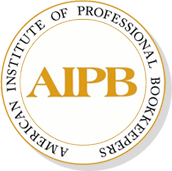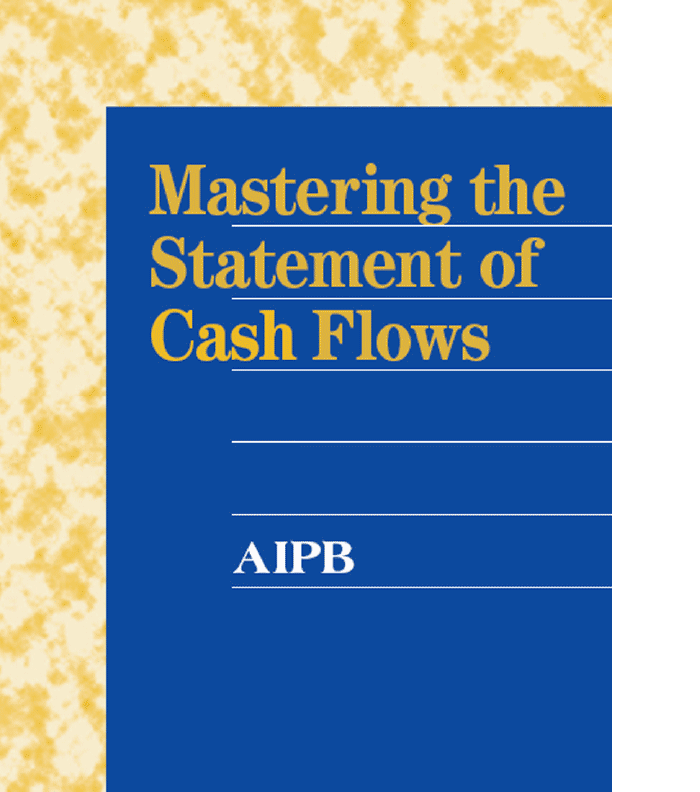366 pages [225 self-teaching + 141 self-quizzes with detailed answers]
Section 1: Introduction. Sources and uses of cash: 3 kinds of activities.
Sections 2-4: Cash provided by operating activities (CPO), the direct method.
Part I: Computing cash inflows using changes in A/R and Allowance for Doubtful Accounts. Computing cash outflows using changes in Prepaid Expenses, Depreciation, Amortization, A/P and either Purchases (periodic method) or Inventory and COGS (perpetual method).
Part II: Using changes in Interest Payable, Discount on Notes Payable, Income Tax Payable and related accounts.
Part III: Using changes in Unearned Revenue, Dividends and Interest Receivable, Amortization of Notes Receivable.
Section 5: CPO case study, the direct method. Brings together everything you learned in Sections 2–4.
Section 6: Computing CPO, the indirect method. Computing inflows/outflows from changes in Depreciation, A/R, A/P, Inventory, Unearned Revenue, Interest Payable and other accounts.
Section 7: CPO case study, the indirect method. Brings together and applies what you learned in Section 6.
Section 8: Cash from investing activities. Inflows from disposal of PP&E, intangible assets, securities, loan collection. Outflows for investing in PPE, intangible assets, securities, making loans.
Section 9: Cash from financing activities. Inflows from issuing stock, creditor notes, mortgages, bonds, receipt of principal on loans. Outflows for dividends, treasury stock purchases, payment of loan principal.
Sections 10-11: Preparing a statement of cash flows.
Part I. Asset accounts.
Part II. Liability, stockholders’ equity accounts.
Section 12: Special and supplementary items. Inflows and outflows related to the purchase/sale of securities or treasury stock, foreign currency transactions, acquisitions and lawsuits. Which items are disclosed only as supplemental information.
Section 13: Special items for large corporations. Sale of a business, equity in an affiliate’s income, issuing bonds, amortization of a bond discount or premium, early extinguishment of debt.
Section 14: Comprehensive case study. Everything you learned applied to a complete statement of cash flows.
Publisher: AIPB


Genay –
Good
Upvote if this was helpful (0) Downvote if this was not helpful (0) Flag for removal
Samantha DeBois –
Excellent material very thorough.
Upvote if this was helpful (0) Downvote if this was not helpful (0) Flag for removal
Evelyn Baldo –
Interesting and informative
Upvote if this was helpful (0) Downvote if this was not helpful (0) Flag for removal
Mohamed Helemish –
The course is very good but needs more practice questions
Upvote if this was helpful (0) Downvote if this was not helpful (0) Flag for removal
Natasha Badaras –
Good introduction to Cash Flows
Upvote if this was helpful (0) Downvote if this was not helpful (0) Flag for removal
ASTRID –
Amazing book with all the questions and final examen. Thanks.
Upvote if this was helpful (0) Downvote if this was not helpful (0) Flag for removal
VALERIE –
Very good – well written
Upvote if this was helpful (0) Downvote if this was not helpful (0) Flag for removal
GINA –
I have enjoyed learning from each training guide. The layout works well for my style of learning.
Upvote if this was helpful (0) Downvote if this was not helpful (0) Flag for removal
THERESA –
I felt the material was very difficult to follow and would have been better if I had a taken a live class.
Upvote if this was helpful (0) Downvote if this was not helpful (0) Flag for removal
JIE –
Help and great
Upvote if this was helpful (0) Downvote if this was not helpful (0) Flag for removal
ELIZABETH –
Very informative
Upvote if this was helpful (0) Downvote if this was not helpful (0) Flag for removal
ACELA –
Plenty of examples and quizzes
Upvote if this was helpful (0) Downvote if this was not helpful (0) Flag for removal
SHARI –
I really like the way the training materials are put together. They are set up to help you succeed
Upvote if this was helpful (0) Downvote if this was not helpful (0) Flag for removal
OKSANA –
This book offers invaluable advice on how to look at and prepare a cashflow statement.Good book for anyone with prior knowledge on how the three financial statements of CF, Balance Sheet, and IS links together. This book is the next step towards further deeper understanding.
Upvote if this was helpful (0) Downvote if this was not helpful (0) Flag for removal
LINDA –
This course was very thourough and provided an in-depth look at the Statement of Cash Flows. Highly recommended.
Upvote if this was helpful (0) Downvote if this was not helpful (0) Flag for removal
JANICE –
I feel the Statement of Cash Flows is a helpful resource in understanding how this financial statement is prepared. I do believe it was good to learn both the direct and indirect methods even though you feel frustrated trying to remember the appropriate increases/decreases between the two methods. At times I felt this book was hard due to the fact that an SCF in my job is very simple compared to how indepth they can be depending on the size and type of business. However, this book does breakdown the process step-by-step and as I stated earlier, it provides a helpful resource in understanding the SCF process.
Upvote if this was helpful (0) Downvote if this was not helpful (0) Flag for removal
MORRIS –
I like the clear and understandable way the material in the course is laid out. It was easy to follow.
Upvote if this was helpful (0) Downvote if this was not helpful (0) Flag for removal
JOSEPH –
Very concise, informative and complete.
Upvote if this was helpful (0) Downvote if this was not helpful (0) Flag for removal
HAMNIA –
Lessons were brief but understandable. Exercises were plentiful. Thanks.
Upvote if this was helpful (0) Downvote if this was not helpful (0) Flag for removal
WENDY –
I learned so much from this book. Highly recommend
Upvote if this was helpful (0) Downvote if this was not helpful (0) Flag for removal
THOMAS –
Challenging, but took extra time reviewing.
Upvote if this was helpful (0) Downvote if this was not helpful (0) Flag for removal
MATHIAS –
Statement of Cash flow, comparing to the other courses, it requires a careful analysis. It is an important area to assess business financial activities, and ultimately helps to reach a useful decision on operational activities.
Upvote if this was helpful (0) Downvote if this was not helpful (0) Flag for removal
SUSAN –
I found it disjointed and hard to follow
Upvote if this was helpful (0) Downvote if this was not helpful (0) Flag for removal
DIDI –
Very satisfied, not so easy but worth the time, I learned a lot and I love it, this is a must have textbook.
Upvote if this was helpful (0) Downvote if this was not helpful (0) Flag for removal
CECELIA –
Very intensive course
Upvote if this was helpful (0) Downvote if this was not helpful (0) Flag for removal
MARGARET-MARY –
That book was way to hard for me to follow. I gave up on it for now.
Upvote if this was helpful (0) Downvote if this was not helpful (0) Flag for removal
RABINDRA –
Very Easy to learn.
Upvote if this was helpful (0) Downvote if this was not helpful (0) Flag for removal
CHERYL –
The course was well written and easy to understand. The downloaded version was not readable on my iPad due to the bottom some of the pages being cut off. I had to purchase the hard copy and was not able to get a refund for the downloaded version.
Upvote if this was helpful (0) Downvote if this was not helpful (0) Flag for removal
DAVID –
I learned a lot!
Upvote if this was helpful (0) Downvote if this was not helpful (0) Flag for removal
BARBARA –
I was developing a cash flow forecast for my organization and found the book helpful in developing a more accurate forecast.
Upvote if this was helpful (0) Downvote if this was not helpful (0) Flag for removal